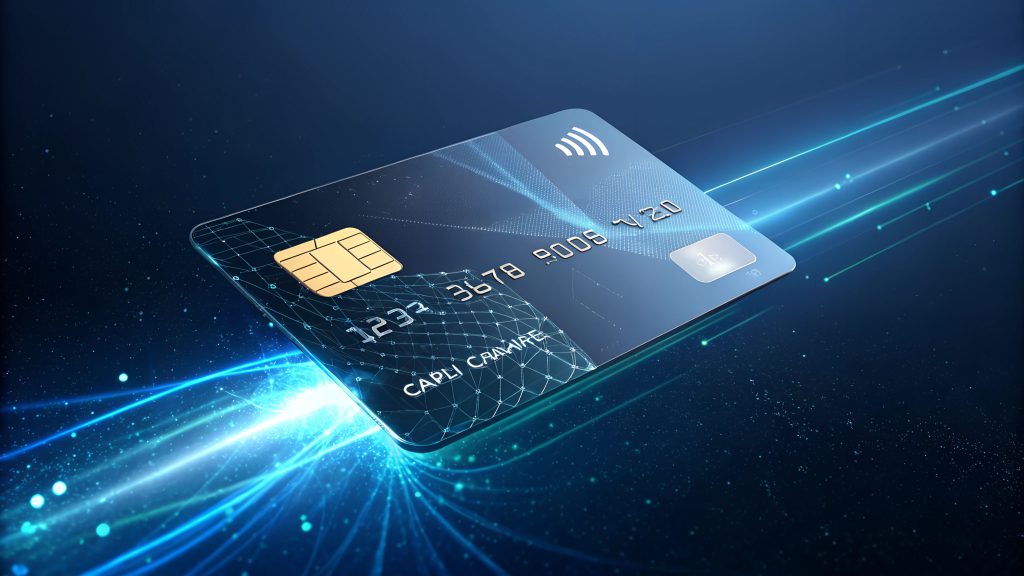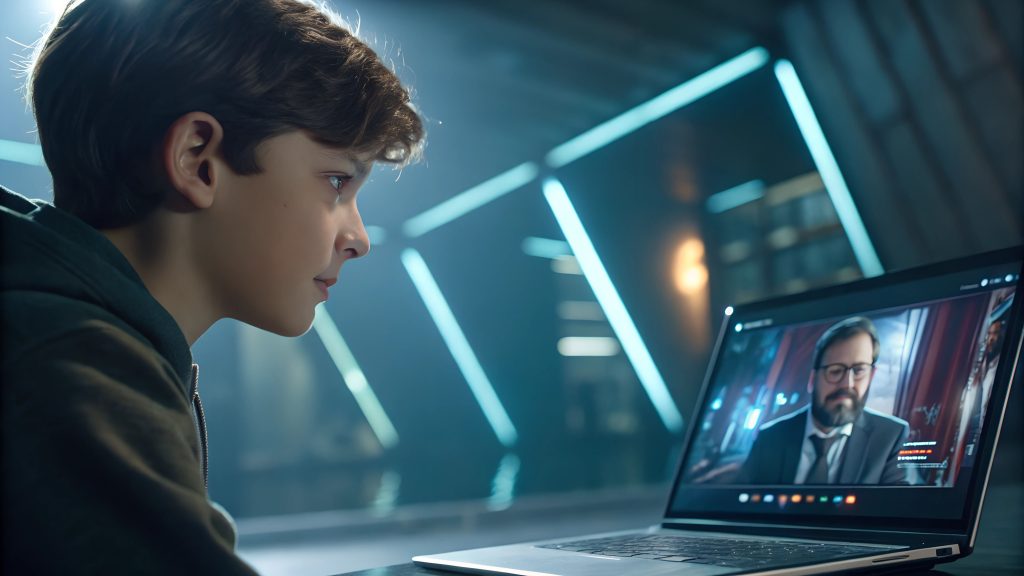Minimalist design has been the talk of the town of the product design world lately. Designers may think that bolder, flashy, and feature-rich elements are the best ways to attract users’ attention. However, the research suggests that users are attracted to a clean design and hence, designers should understand the concept of simplistic design meaning.
Surprisingly, minimalist design can bring in more engagement, easy accessibility, and usability of the product. In this article, you will learn about the concept and advantages of minimalism, and why should you use it in your UI/UX design.
Let’s get started.

Tired of mediocre results?
- From design to execution, we’ve got you covered.
- Get personalized plan to boost your traffic and conversions.
What is the meaning of minimalist design?
Minimalist design means creating designs using simple elements, shapes, and fonts without using various combinations of colours.
In product design, the meaning of minimalist design is to focus on simplicity by eliminating everything that’s not necessary, resulting in a clean and aesthetic look.
It is the responsibility of UI UX design service companies and designers to keep their projects visually attractive and functional for enhanced user experience by concentrating on the minimalist concept.
Examples of minimalist design
In this section, we are going to discuss the difference between the website interface of GoDaddy in the year 2005 as compared to 2016.
Also, you’re going to learn about the difference between the search engine interface between Google and Yahoo and why Google has the upper hand.
GoDaddy is a popular domain registrar and website hosting platform.
GoDaddy’s website in the year 2005 showcases a poor user interface as there are a plethora of elements upfront, making it difficult for the users to focus on a single element and deflecting them from their goals.

Also, there is no single clear call to action.
GoDaddy has many services to offer, but back in the year 2005, it didn’t know what the majority of the users wanted. So, the website puts everything in the face of the users.
However, GoDaddy’s recent interface depicts a decluttered and simple look with a much more understandable message, showcasing that they gradually understood the advantages of being minimalist.

The latest design reflects that they know about their audience requirements and are ready to align their message with the user’s goal.
Before you start to design, understand your users’ end goal.
Powerful, Not Overpowering
Your project deserves the right power for a Thriving BusinessContact Us
How to make minimalist design?
1. Use white / negative space
The significance of white space is to provide ample space between each element so that these elements can be focused throughout the page.
Zerodha, a leading discount brokerage company uses white spaces very effectively.

Also, white spaces don’t mean that they have to be white. Many examples showcase these spaces with a variety of colours. White spaces breathe new life into the elements and make them come alive.
If you don’t use white spaces and fill the entire page with different elements then it would be difficult for users to focus on a single component and take an action.
So, it’s better to use fewer components but with the most important functions.
2. Less colour
A minimalist design colour scheme uses a definite amount of colours. This does not limit you to choosing only black and white colours.
You can also use bold and gradient colours to draw immediate attention to your elements.
It’s important to choose a limited amount of colours and give a contrasting look to the product design page. If you are starting or confused about which colours to use, read our article on how you can choose the right colours for your next design project.
Neil Patel – Entrepreneur and Digital Marketing Expert uses a minimal design with a single colour – Tangy Orange. It feels really simple and clean but not boring.

With no distracting elements around using limited but contrasting colours can help you build a minimalist look.
3. Set a typography hierarchy
Typography plays a crucial role in building a minimalist design through the visual hierarchy. In simpler terms, visual hierarchy refers to the process of arranging and ordering elements to showcase their level of importance.
Uber is a brilliant example of typography done right in a minimal design. It has its main offerings highlighted in big headings, supported by sub-headings that serve as descriptions and paragraph text that explains benefits and usage.

In today’s modern era, users on the internet are constantly distracted and have a low attention period. Using the right set of typography can help you gain users’ attention and make them stick to your content.
If you want to know why correct font choices are crucial in design, read our article on font psychology.
Visual hierarchy achieved through typography helps balance form and functionality in the design. This includes working with different font sizes, font styles, typefaces, and even colours.
The three levels of typography hierarchy are:
The first level includes the title with the most important information. Here you can use the biggest font size.
The second level includes the subsections and they display the second most important information. Here you can use the second-biggest font size.
The last level of the typography hierarchy includes the meat of the content; the paragraphs.
They’re less important than the first and the second class but are also a detailed explanation of each subsection.
Here you can use the smallest font size of all.
Doing this will not only build a visual hierarchy but also help users to skim and read content easily.
4. Remove unnecessary elements
The entire idea of minimalist meaning in design revolves around using elements that are necessary for your users.
For instance, images placed for decorative purposes can be gotten rid of. Similarly, copy that doesn’t directly influence users’ behaviour can be eliminated.
Expedia has done a commendable job in keeping images of popular destinations to their minimum on its home page, understanding the minimalist home meaning to its best. This makes the website much more simple and focused and provides additional information at the user’s discretion only.

The constant popups requesting the users to subscribe to the newsletter, long never-ending paragraphs, and excessive headers making the top menu look crowded also need to be removed or revamped.
However, never eliminate functional elements to achieve minimalism. A clean, and simple home page with no header menu to navigate further isn’t truly a definition of minimalist design.
5. Prioritize functions
What should be kept and what should be eliminated depends entirely upon their functionality.
Before placing an element ask yourself this question. How can this element help users achieve their goals?
Prioritize the elements and look out for their functioning. Non-functioning elements should be removed from the product design pages.
You can prioritize the elements by looking at your competitors’ websites. How are they placing the elements for a greater user experience and more conversions?
One of the great examples is Dropbox. It is a popular cloud storage and file-sharing platform with smart defaults that don’t add a lot of complexity or don’t force users to make many decisions.

You can also do a comprehensive user study through interviews, surveys, and by interacting in forums and communities related to your product.
What’s the end goal of the user on your website and how you can help them achieve it in minimum steps that can help you prioritize the elements?
Advantages of minimalist design
1. Minimalist designs have faster loading speeds

Your product design page will be worthless if it doesn’t load quickly. Using flashy, bold, and feature-rich elements will slow down your website loading time significantly.
Modern users are impatient and won’t hesitate to jump off your page if it takes time to load. In fact, according to a study, 40% of users will abandon a site if it takes more than 3 seconds to load.
Being minimalist benefits your product pages load faster as there are fewer but important elements for users.
In our article on optimizing the user experience of a WordPress website, we have talked about various techniques and tools to improve your website’s loading speed.
2. It has a more user-friendly vibe

An average user is a victim of forced sales techniques on websites and product pages.
Constant irritating pop-ups, flashy visuals screaming the latest discounts on sales, and colourful elements convincing you to click on them.
Adopting minimal design meaning, eliminating these unnecessary elements and staying ahead of your competitors to provide a user-friendly interface.
They will be obliged to revisit because of the great experience you offer.
3. Help to focus on content

Content is the king. It’s all around you. Either you’re creating content or consuming it.
Users are constantly hurrying to discover new content and ideas that will help them expand their thoughts or entertain them.
Minimalist design will help you get rid of all the distractions and make users purely focus on the content.
A minimalism design meaning, order and arrangement. While writing content you’ve to make sure that it’s in order and presents a visual hierarchy.
As we’ve discussed above you can do this by using combinations of font sizes, styles, typefaces, and colours.
Using the largest font size for the title, the second-largest font size for subsections and the smallest font size for the meat of the content can help you write content for a minimalist design.
On top of that, your product pages will look clean and aesthetic.
4. White space helps your website “breathe”

White spaces add a new life to your website and make it look clean, managed, and spacious for users. It helps the content breathe.
While it may seem a great idea to fill up all the empty spaces with elements, however, this will affect the user experience in unwanted ways.
Remember, It’s the user experience that sets you apart from your competitors. If they feel trapped as soon as they enter, they are going to bounce back hurting your rankings and conversions.
White spaces make the content appealing and help users stay attached to it.
5. Easier navigation

A minimalist meaning in design also means simplified navigation. The navigation is kept constant both on where it appears and how it appears on your website making it easy for the users to find relevant information quickly.
If you’ve multiple sections, instead of crowding the navigation bar, divide and categorize them to maintain order and cleanliness. Also, if you’ve got a drop-down navigation menu, ensure that all the links are clickable.
Lastly, if you’ve got a search site box embedded in your website, make sure that it always produces relevant and quick results.
If it doesn’t show relevant results, it’s better to take it off the website. It essentially boils down to how easily users can achieve their desired goals.
6. Usability

Easier navigation is a core pillar of improved usability. Minimalist design is on the trend because it focuses on improving and nourishing the user experience.
When users can fulfil their desired goals and aren’t teased with unnecessary pop-ups and flashy visuals, it conveys the idea that you care about the needs and goals of your users.
They can find the same solution elsewhere but the minimalist design will empower their journey on your website.
It’s the experiences users never forget about that make them glued to your brand.
Keep your product designs user-centric, use limited colours, and experiment with fonts to create a minimalist design.
Redefine Your Market Edge
Your business has the potential. Let’s make it happen.Get Free Consultation
Conclusion
Finally, focus on your core UI UX design service offerings and don’t go too far in changing the interface in the name of minimalism.
Don’t remove necessary and functional elements just to make your design look clean and simple. That’s going to prove counter-intuitive.
The thin line between minimalist design and the lack of features is easy to cross. But, you will get better at it over time with practice.
So, for beginners, get into the minds of your users and design your product accordingly.
Focus on the aesthetic and minimalist design meaning, keep things to a minimum, prioritize the features they need and remove every non-functional element.








One Response
Testing…